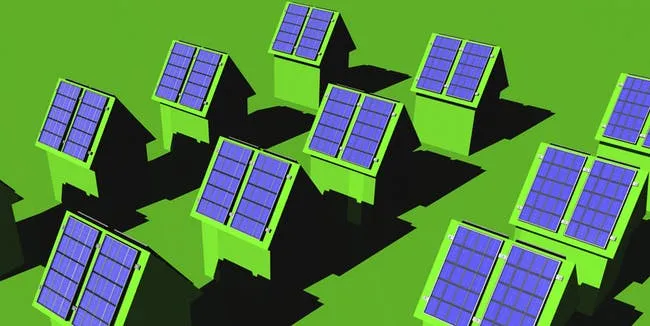The MIT research team discovers a new perovskite material with ten times higher electrical conductivity
- A group of scientists from Massachusetts Institute of Technology has created a novel transparent perovskite material that can be used in solar cell protective coating – PEDOT. The cells made of this organic polymer are easier to manufacture and install.

The discovery is likely to bring the world closer to solar cells made of perovskite. For the time being, perovskite is not widely used for commercial production of photovoltaics due to its relatively low conversion efficiency (24.2% compared to 26.7% silicon cells) and challenging industrial-scale production process. If these issues are resolved, perovskite can be a promising material for solar production because perovskite-based cells are easy and cheap to manufacture.
Indium titanium oxide commonly used as a protective layer is PV panels is too fragile. The PEDOT material discovered in 2017 is more crack resistant. However, it is less transparent and conductive. The MIT scientists have created a novel material with electric conductivity increased tenfold compared to the old PEDOT. Moreover, the experiments prove it can also make perovskite-based solar devices much more efficient and stable.
Perovskite is listed among the solutions likely to help solar industry satisfy global electricity demand. Solar power development is estimated to minimize CO2 emission 21% in 30 years and supply about one-fourth of the world’s energy needs. This would make solar the second biggest energy source, surrendering the top place to wind energy.
The newly created material is predicted to boost PV modules efficiency, stability, durability and lightweightness. The ITO coating is transparent and conductive but is characterized by a range of drawbacks. The newest PEDOT material shows conductivity close to the level of ITO. This has been achieved through oxidative CVD. This process is aimed at aligning the polymer’s crystals horizontally, which increases conductive properties of the material considerably.
Also read
- UbiQD Secures Landmark Quantum Dot Deal with First Solar
- Astronergy Invests $53M in Tandem Solar Cell Project
- ARENA Unveils $39M Solar Innovation Funding Round
- CNNP Optoelectronics brings utility-scale perovskite modules out of the lab
- Low-Temperature Sequential Deposition Lifts Inverted Perovskite Solar Cells Efficiency Record
